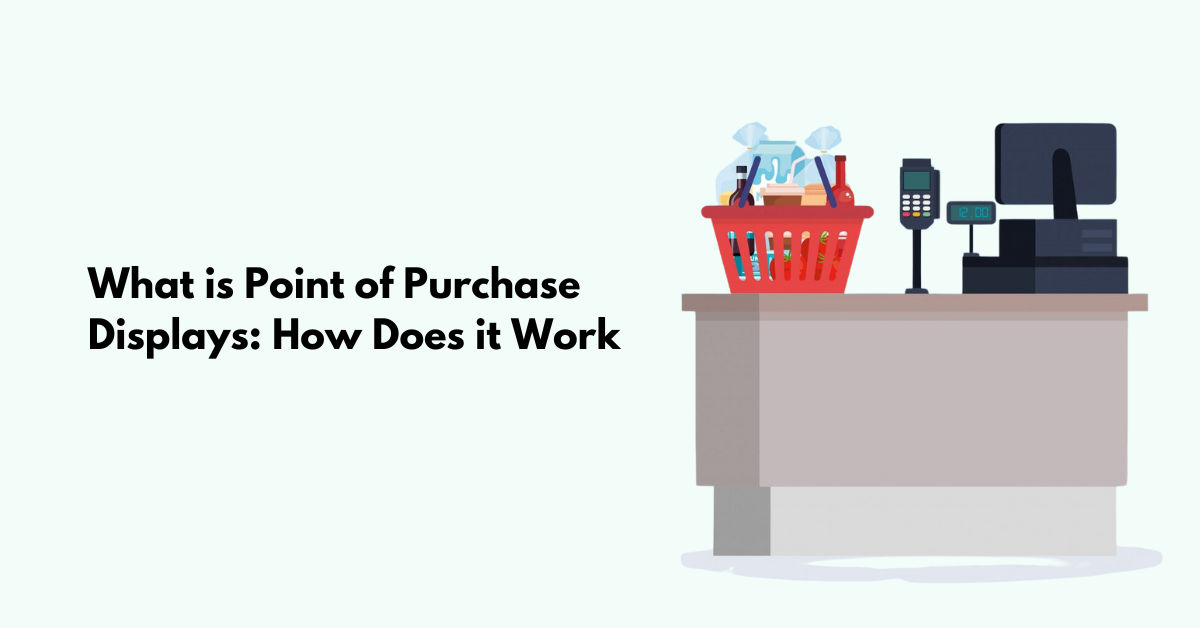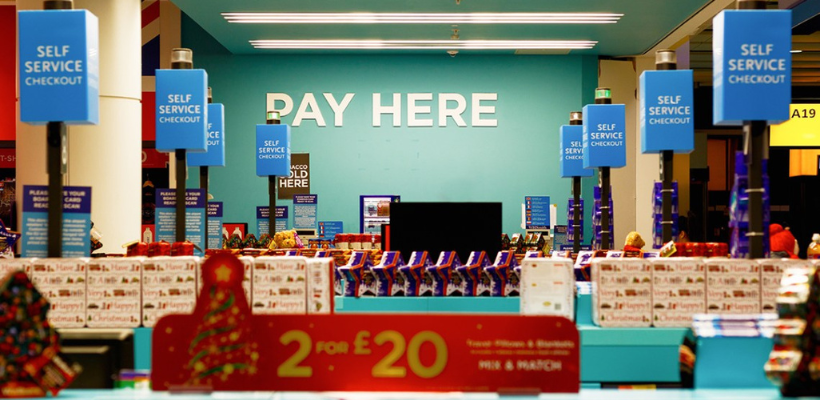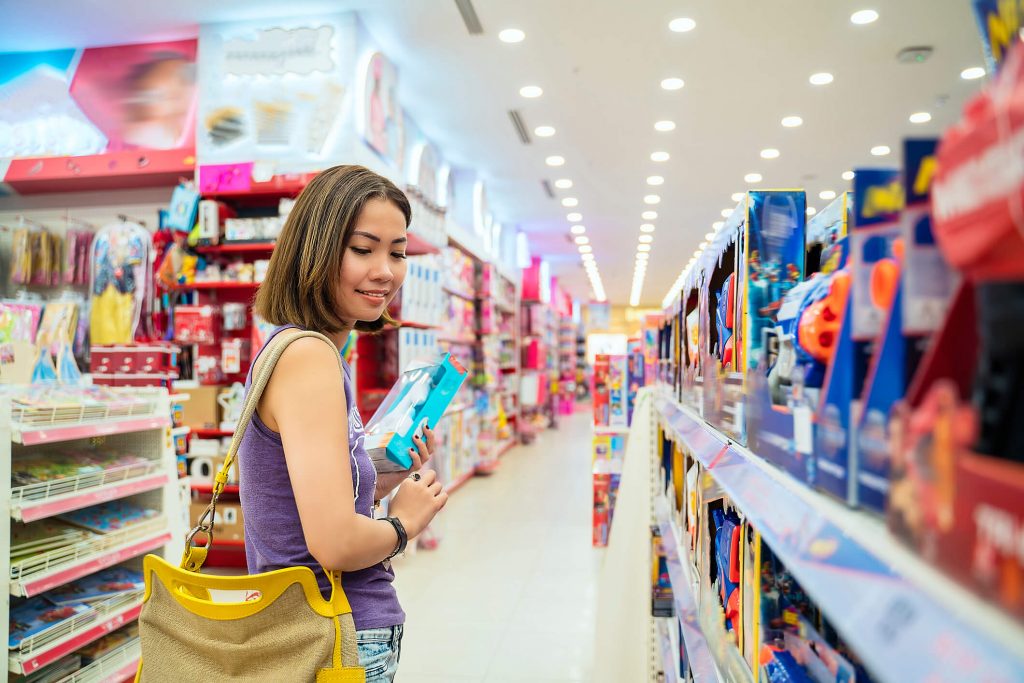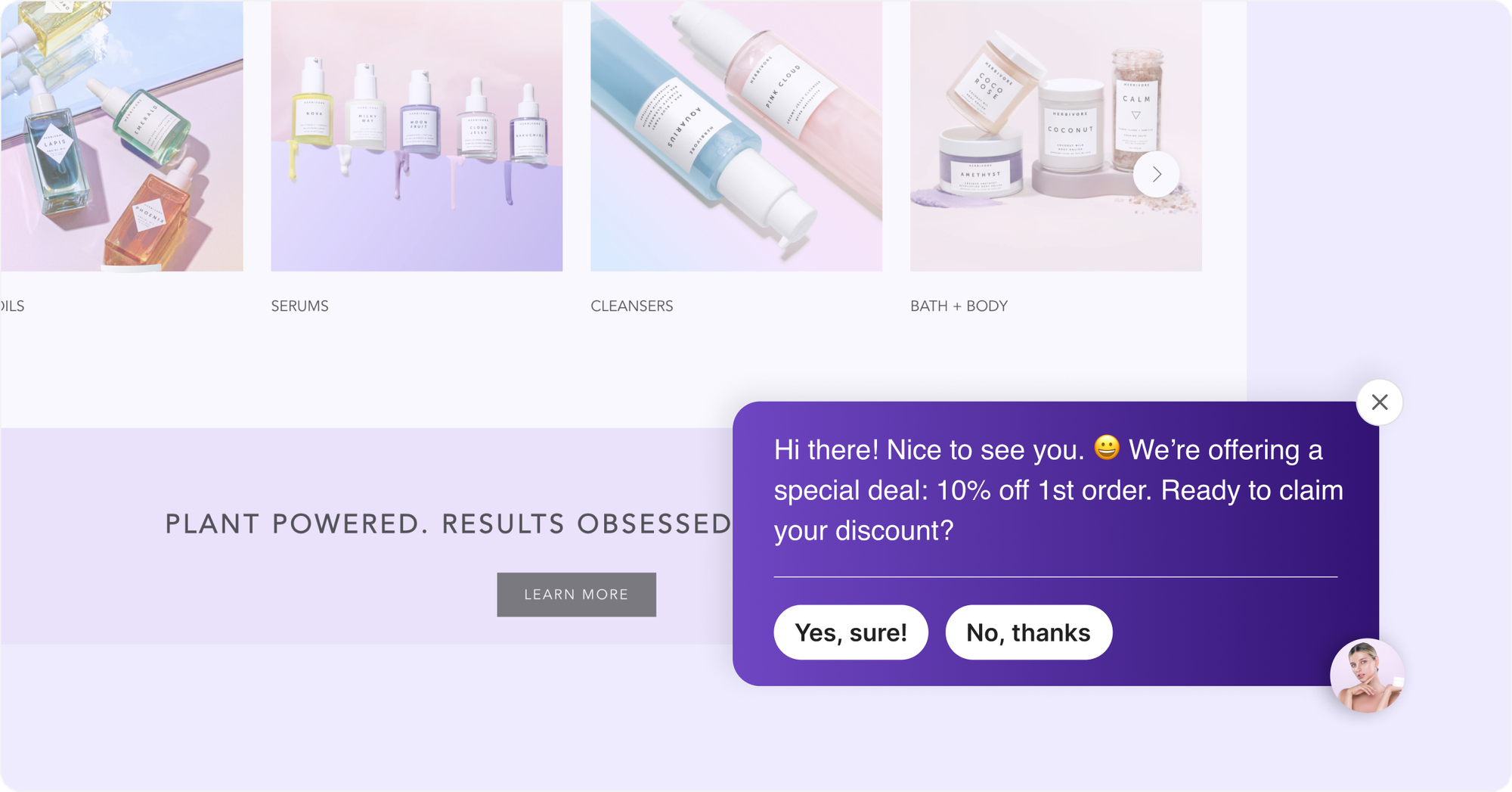What is Point of Purchase Displays: How Does it Work

Point-of-purchase displays are pivotal in the retail landscape, influencing consumer decisions at critical moments. Studies show that these displays can significantly increase product visibility and drive impulse purchases. In fact, research indicates that well-placed point of purchase displays can boost sales by up to 20%. This underscores their potential to transform shopping behaviors and enhance sales performance effectively. To understand how these displays work to captivate attention and encourage purchases, read the full blog.
What are Point of Purchase Displays?

Point of Purchase (POP) displays are specialized marketing fixtures located within retail environments, strategically placed to catch shoppers' attention and encourage purchasing decisions. These displays are typically found near checkout areas or in prominent store sections, showcasing products to maximize visibility and accessibility. From stand-alone units featuring new arrivals or seasonal items to shelf signage highlighting discounts, Point of purchase design stimulate interest and drive sales. Their effectiveness lies in their ability to engage consumers by enhancing the visibility of products, often leading to impulse buys. Retailers frequently use these displays to promote special offers, capitalize on seasonal trends, or highlight new products, making them a crucial tool in the retail marketing arsenal.
Types of Point of Purchase Displays

Point of Purchase (POP) displays come in various forms, each designed to attract customer attention and encourage purchases in different settings:
- Counter Displays: Small and designed for checkout areas, these are best point of purchase displays for encouraging last-minute buys of smaller items like gum or keychains.
- Floor Displays: Free-standing units often placed in high-traffic areas to promote new or seasonal products. They're versatile and can be moved around easily to test different locations for maximum impact.
- Endcap Displays: Located at the end of aisles, these are highly visible and used for promoting special offers or featured products, capitalizing on shopper traffic from multiple directions.
- Window Displays: These attract customers into the store by showcasing products creatively in front-facing windows, often used for thematic or seasonal marketing.
- Interactive Displays: These include digital screens or other interactive elements that engage customers through technology, offering demonstrations or interactive content to enhance the shopping experience.
How do Point of Purchase Displays Work?

Point of Purchase (POP) displays work by strategically engaging shoppers at locations where purchase decisions are made, typically inside retail stores. The process begins with the careful design and placement of these displays to catch the eye of the consumer. Here’s how they function effectively:
- Strategic Placement: POP displays are positioned where they’re most likely to draw attention, such as high-traffic areas, near checkout counters, or at the end of aisles. Their placement is crucial for maximizing visibility and accessibility.
- Attractive Design: These displays are designed to be visually appealing, often using bright colors, engaging graphics, and clear messaging that resonates with the target audience. The goal is to stand out from the regular shelf arrangement and draw the customer’s attention.
- Targeted Information: POP displays provide specific information about the product or promotion, such as features, benefits, or special pricing. This information is tailored to encourage immediate buying decisions by highlighting what makes the product unique or offering a special value that is hard to ignore.
- Encouraging Interaction: Some POP displays are interactive, inviting customers to try a product sample, interact with a digital screen, or engage with the product in some way. This interaction can significantly enhance the customer’s connection with the product, increasing the likelihood of a purchase.
Benefits of Point-of-Purchase Displays
Point-of-purchase (POP) displays offer a range of benefits that make them an invaluable tool for retailers looking to enhance their sales efforts:
- Increased Product Visibility: POP displays position products directly in the consumer's line of sight, significantly boosting their visibility and increasing the likelihood of purchase.
- Encourages Impulse Buys: Strategically placed near checkout areas or along prominent shopping paths, these displays can effectively trigger spontaneous purchasing decisions by highlighting products that might not have been on the shopper's original list.
- Enhances Product Differentiation: POP displays can differentiate a product from its competitors by giving it a distinct physical presence that draws attention and facilitates consumer engagement.
- Cost-Effective Marketing: These displays provide a relatively low-cost method of promotion compared to traditional advertising channels, allowing retailers to maximize their marketing budgets effectively.
- Flexibility: POP displays offer flexibility in terms of placement and can be easily updated or moved to different locations within the store to test the best spots for customer engagement.
- Educates Consumers: Well-designed displays can also educate consumers about product features or new arrivals, providing valuable information at the point of decision-making.
- Supports Branding Efforts: These displays reinforce brand presence in the store, helping to build and maintain brand awareness and loyalty among consumers.
Point of Sale vs. Point of Purchase Displays
Here is the detailed difference between the point of sale and the point of display:
- Location and Purpose:
- POS: Refers to the specific area where a transaction occurs, typically the checkout area. This includes cash registers, card machines, and the immediate surroundings where payments are processed.
- POP: Displays are marketing materials placed anywhere in the store to attract customer attention and promote products. These can be located at the checkout, along aisles, or at the entrance to encourage purchases.
- Functionality:
- POS: Primarily focuses on facilitating the payment process. It may include hardware and software for managing transactions, inventory, and customer data.
- POP: Aims to influence buying decisions and boost sales. It includes standalone displays, shelving, and promotional signage designed to draw attention and engage customers.
- Impact on Customer Behavior:
- POS: Enhances customer experience by streamlining the checkout process, reducing wait times, and simplifying transactions.
- POP: Creative point of purchase displays affects purchasing decisions by highlighting products through strategic placement and often triggering impulse buys.
- Marketing and Sales:
- POS: Can support marketing efforts through software features that offer promotions, loyalty programs, and personalized recommendations at the checkout.
- POP: Actively serves as a marketing tool that visually promotes specific products or offers to increase product visibility and attractiveness.
Tips for point-of-purchase displays
When setting up custom point-of-purchase (POP) displays, certain strategies can maximize their effectiveness. Here’s a comparison of common tips to consider:
- Placement: Optimal placement is crucial. Displays near the checkout can prompt impulse buys, while those at the entrance set the shopping mood. Compare this to poorly chosen spots where traffic is low, which can lead to overlooked products.
- Design: Eye-catching designs draw attention. Vibrant colors and clear, bold messaging stand out. In contrast, overly cluttered or dull displays may fail to capture interest.
- Product Relevance: Tailoring displays to feature relevant or seasonal items can significantly boost sales. For instance, showcasing sunscreen and hats near beachwear during summer makes sense. Conversely, irrelevant product placements can confuse and deter shoppers.
- Interactivity: Interactive displays that engage customers, such as touch screens or sample testers, often increase engagement and sales. Static displays, while useful, might not hold the customer's attention as effectively.
- Informational Clarity: Providing clear, concise information about the product benefits can aid in decision-making. Displays lacking essential product details or pricing might hinder the purchase process.
- Refresh Frequency: Regularly updating displays to reflect new promotions or products keeps the retail environment dynamic and engaging. Neglecting to refresh displays can make the shopping experience stale and less enticing.
How to attract visitors to your store using an AI Shopping Assistant?

An AI shopping assistant can be a powerful tool to attract visitors to your store by enhancing the user experience with personalized interactions and support. Here’s how it can help:
- Personalized Greetings and Recommendations: Upon arrival, visitors can be greeted by the AI assistant, which can also offer personalized product recommendations based on their browsing history and preferences.
- Real-Time Assistance: The assistant can answer questions, provide additional product information, and help with navigation, mimicking the helpful presence of an in-store salesperson.
- Enhanced Engagement: Through interactive AI quizzes or engaging content, the AI assistant keeps visitors interested and engaged, increasing the likelihood they'll stay longer and explore more.
- Incentives: It can offer timely discounts or special promotions tailored to the visitor’s interests, encouraging them to make a purchase.
Conclusion
Point of purchase displays are essential marketing tools that enhance product visibility and stimulate customer interest at the decisive moment of purchase. By strategically placing these displays in high-traffic areas and designing them to catch the eye, they effectively draw attention and encourage impulse buys. Understanding how they work helps businesses maximize their effectiveness, boosting sales and enhancing customer engagement directly at the point of sale.

.png)
